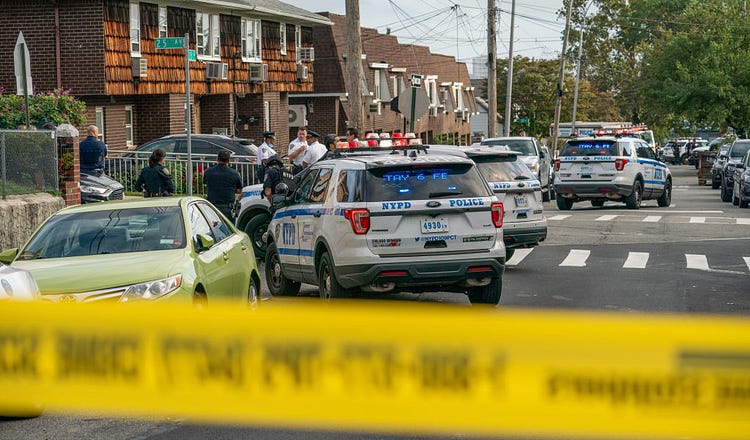
Last fall, Bronwen McShea, who lives near the upscale Manhattan neighborhood of Gramercy Park, found a vagrant in the vestibule of her building. She couldn’t get past him to the lobby and when she asked him to leave, he launched into a barrage of curses and threats.
McShea reached for her phone to capture the incident, but this only made the situation worse. The man grabbed a nearby broom and smashed the glass door. A shard of glass flew into her mouth.
After several failed attempts to force his way through the broken door, he left and McShea called the police. The police response left her feeling more disturbed than the attack itself.
“What shook me even more than what I had just experienced was how nonchalant the cops were,” she told me. “There was no follow-up from the cops. As far as I know, the man was never found.”


